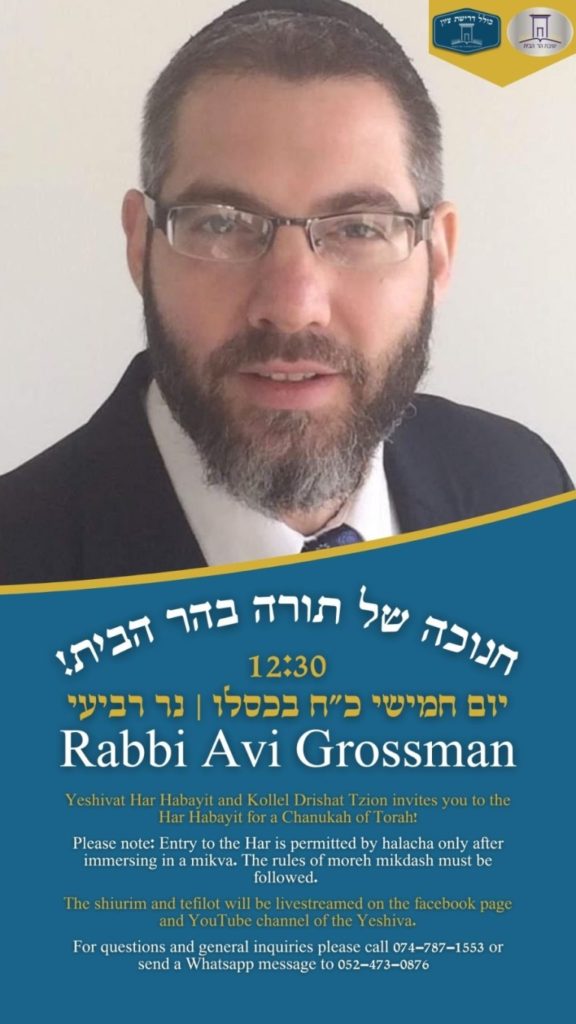Concerning Rabbi Neiger’s claim here:
שורה תחתונה אתם עושים עשרות מאמרים לחזק את הטענה שהרמב”ם נכנס להר הבית, אבל זורקים את שאר ההלכות ל’פח’ ומה בכלל הרמב”ם אם הי’ רוצה להנחיל הלכה כזאת לרבים הי’ כבר מציין אותה כ’מצוה’ או לשון ‘ציווי’… ועדיין לא מצאתי דבר כזה ברמב”ם, כי ברור לרמב”ם ‘ירידית הדורות’ ובטח קבוצת נערים מהציונות הדתית ששאר המצות הם ‘זורקים’ כפי שרואים את ההתנהגות של אותם הנכנסים להר הבית כ’מעשה נערות’
While it is sadly true that we do have a significant and loud group of perhaps slightly uneducated and unsophisticated youths within the practical movement to open the Temple Mount to even more Jewish worship, they are certainly not the majority, and more importantly, the movement is led by none other than great, contemporary scholars who are THE most familiar with Maimonides’s writings. It is beyond clear that Maimonides was referring to the Temple in his letter.
Also concerning those youths, we must also remember that even if they are immature and/or unlearned, they are fighting K’lal Yisrael’s war on multiple fronts. They are the only ones brazen and bold enough to stand up to the government’s ongoing regime of preventing the settlement of the land of Israel, and the government’s blatant misuse of the criminal justice (sic) system against our most dedicated and patriotic citizens. I know their ring leaders personally, and they are kind, gentle, and idealistic. They are the cream of our youth, and their mesirut nefesh for the mitzvot the rest of us neglect puts us to shame.

